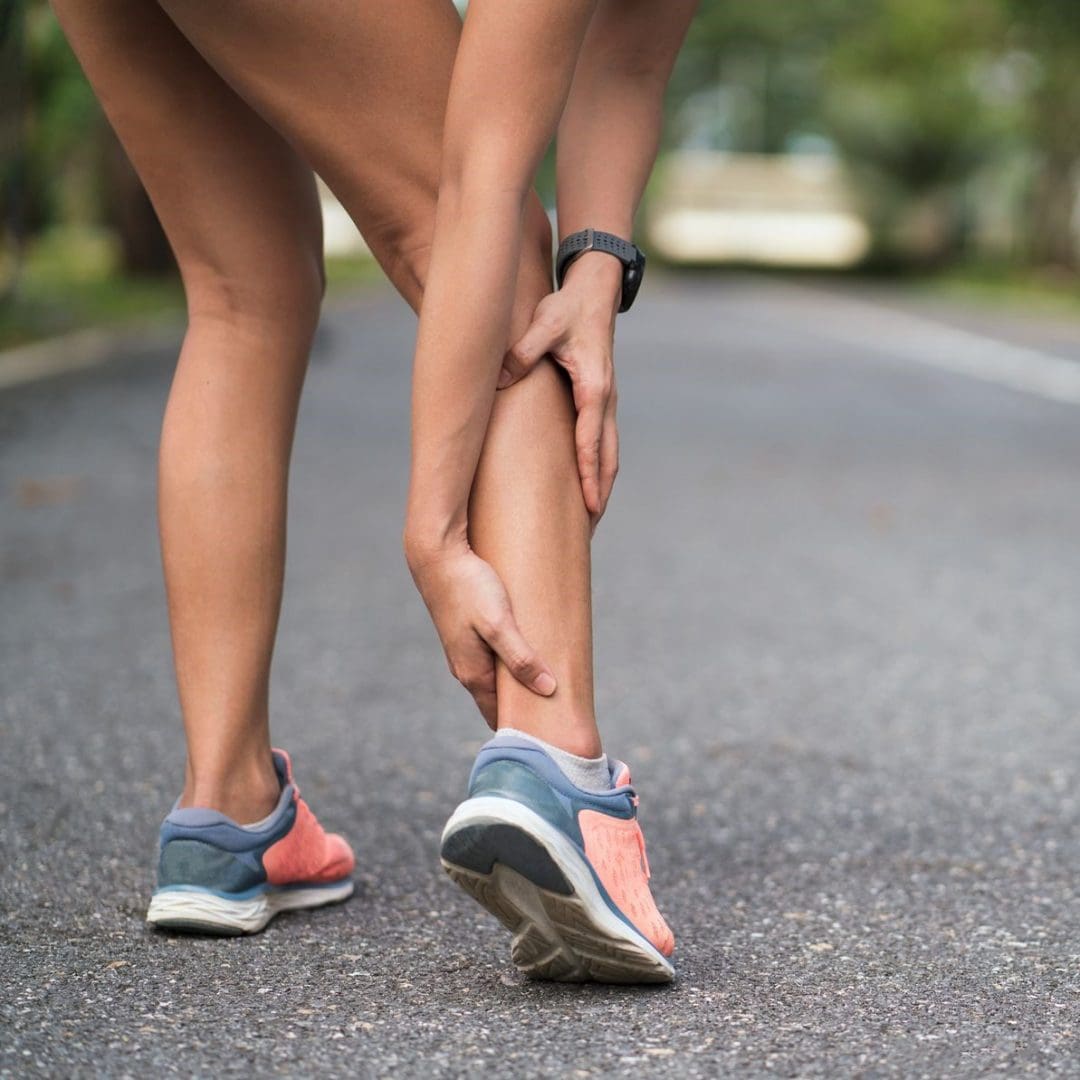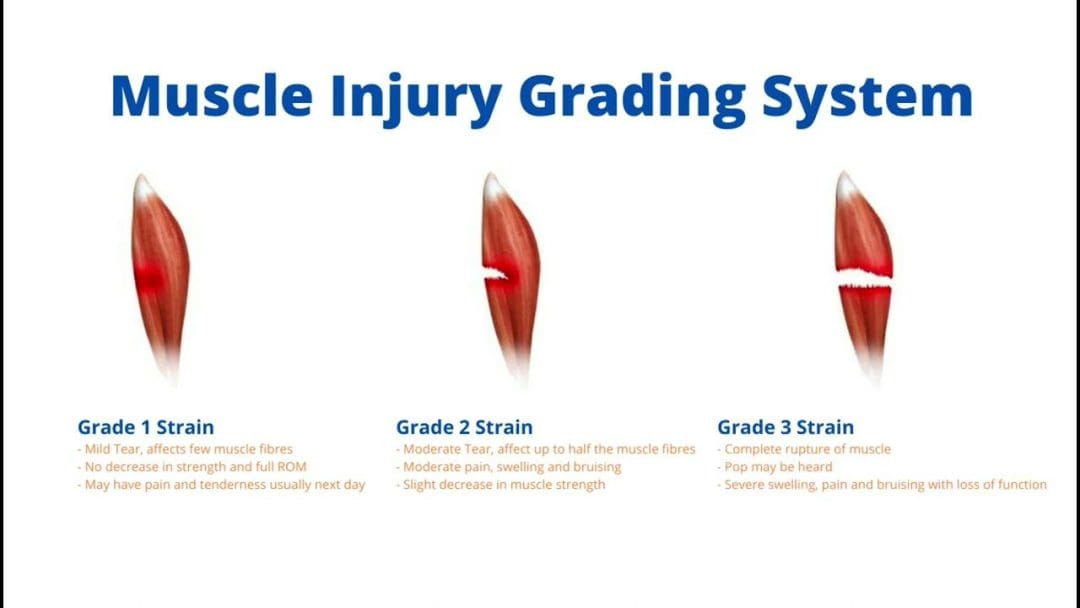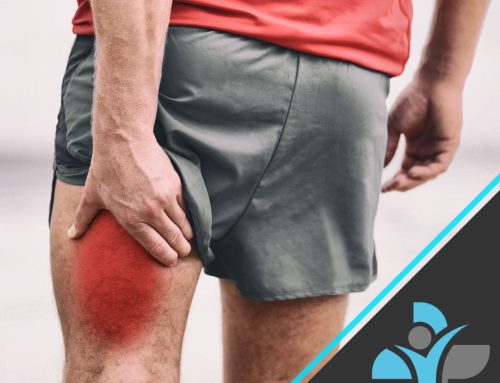
Calf Tears Grade 1 and 2
Overview
Calf tears are a relatively common injury that occurs in people of all ages and activity levels. It is estimated that up to 18% of all sports injuries involve the calf muscles, making it one of the most injured areas in the lower leg.
Calf tears are more common in people who engage in sports or activities that involve repetitive or explosive movements of the lower legs, such as running, jumping, or dancing. These activities can put a significant amount of stress on the calf muscles, making them more susceptible to injury.
Calf tears are classified into three grades based on the severity of the injury. Grade 1 tears involve minor damage to the muscle fibers, while grade 2 tears involve a partial tear of the muscle. Grade 3 tears are the most severe and involve a complete tear of the muscle.
While calf tears can be painful and limit mobility, they generally heal well with proper treatment and rehabilitation. It is important to seek medical attention if you suspect a calf tear or if you experience persistent pain or swelling in the calf muscle. With proper care, most people are able to return to their normal activities within a few weeks to a few months.
Anatomy
The calf muscle, also known as the triceps surae, is located in the lower leg and is responsible for plantar flexion of the foot. It is composed of two muscles: the gastrocnemius and the soleus.
The gastrocnemius muscle is the larger of the two muscles and has two heads, the medial and lateral heads. The medial head originates from the medial condyle of the femur, while the lateral head originates from the lateral condyle of the femur. Both heads merge together to form the Achilles tendon, which inserts into the calcaneus bone. The gastrocnemius muscle is responsible for powerful contractions during activities such as running and jumping.
The soleus muscle is located beneath the gastrocnemius and is smaller in size. It originates from the tibia and fibula bones and also inserts into the Achilles tendon. The soleus muscle is responsible for maintaining posture and stability during standing and walking.
The calf muscle is supplied by the posterior tibial artery and is innervated by the tibial nerve. It is also surrounded by a layer of fascia known as the deep fascia of the leg.
In addition to the gastrocnemius and soleus muscles, the calf also contains other important structures such as the Achilles tendon, which connects the calf muscles to the heel bone, and the tibialis posterior tendon, which helps to stabilize the foot and ankle. The calf muscle plays an important role in lower limb movement and stability, making it crucial for activities of daily living and athletic performance.

Symptoms
The symptoms of a calf tear can vary depending on the severity of the injury. The following are some common symptoms of calf tears grade 1 and 2:
- Mild to moderate pain in the calf muscle
- Swelling and tenderness in the affected area
- Difficulty in walking or standing on the affected leg
- Stiffness and limited range of motion in the ankle and foot
- A popping or snapping sensation at the time of injury
Causes
Calf tears can be caused by a sudden or forceful movement, such as pushing off or jumping, which puts excessive strain on the calf muscle. The following are some common causes of calf tears:
- Overuse or repetitive strain on the calf muscle
- Sudden movements or changes in direction
- Inadequate warm-up before exercise or sports activities
- Poor flexibility or strength in the calf muscles
- Foot and ankle problems, such as flat feet or ankle instability
Diagnosis
To diagnose a calf tear, a healthcare provider will perform a physical examination of the calf muscle and take a detailed medical history. They may also order imaging tests such as an MRI or ultrasound to confirm the diagnosis and assess the severity of the tear.
During the physical exam, the healthcare provider will assess the calf muscle for tenderness, swelling, and discoloration. They may also check for a palpable gap in the muscle or a bulge in the muscle belly, which may indicate a partial or complete tear. The healthcare provider may also test the range of motion of the ankle and foot, as well as test for strength and flexibility of the calf muscle.
Imaging tests such as an MRI or ultrasound can provide more detailed information about the extent of the tear and help to rule out other possible injuries such as a blood clot or deep vein thrombosis.
Treatment
The treatment of a calf strain, also known as a calf muscle tear, depends on the severity of the injury. In mild cases, rest and home remedies may be enough to relieve the symptoms, while in more severe cases, medical intervention may be necessary. Massage can be a helpful complementary therapy for treating a calf strain, and it can help to promote healing and reduce pain and discomfort.
The initial treatment of a calf strain typically involves the RICE protocol, which stands for rest, ice, compression, and elevation. Resting the affected leg and avoiding activities that may aggravate the injury is important to allow the muscle to heal. Ice can be applied to the affected area to reduce swelling and inflammation. Compression bandages or wraps can help to reduce swelling and provide support to the injured muscle. Elevation of the affected leg can also help to reduce swelling and promote healing.
As the muscle heals, gentle stretching and physical therapy exercises can help to improve range of motion and prevent scar tissue from forming. Massage can also be a helpful complementary therapy for treating a calf strain. Massage can help to increase blood flow to the affected area, promote healing, and reduce pain and discomfort.
When performing massage therapy for a calf strain, it is important to use a light touch and avoid applying too much pressure to the affected area. Massaging the area around the calf muscle, as well as the foot and ankle, can help to improve circulation and reduce tension in the surrounding muscles. Deep tissue massage or trigger point therapy should be avoided, as these techniques can further damage the injured muscle.
Overall, a combination of rest, physical therapy, and massage therapy can be effective in treating a calf strain and promoting healing. It is important to work with a healthcare provider or licensed massage therapist to develop a treatment plan that is appropriate for the severity of the injury and individual needs.
Exercises
After the initial healing period, the following exercises may be prescribed to help improve range of motion and strength in the calf muscle:
- Calf stretches: Stretching the calf muscle can help improve flexibility and reduce the risk of future injury. Stand facing a wall with your hands on the wall and your feet shoulder-width apart. Step back with your affected leg, keeping your heel on the ground. Lean forward into the wall until you feel a stretch in your calf. Hold for 30 seconds and repeat on the other leg.
- Calf raises: This exercise helps strengthen the calf muscle. Stand with your feet shoulder-width apart and rise up on your toes, lifting your heels off the ground. Hold for a few seconds and then lower your heels back down. Repeat for 10-15 repetitions.
- Single leg balance: This exercise helps improve balance and stability in the affected leg. Stand on your affected leg and lift your other leg off the ground. Hold for 30 seconds and repeat on the other leg.
Prevention
To prevent calf tears, it is important to take the following measures:
- Warm-up: Always warm up before engaging in exercise or sports activities. A proper warm-up can help prepare your muscles for activity and reduce the risk of injury.
- Stretching: Regular stretching of the calf muscles can help improve flexibility and reduce the risk of tears. Incorporate calf stretches into your warm-up routine and stretch after exercise.
- Proper footwear: Choose appropriate footwear that provides adequate support and cushioning for your feet and ankles. Replace worn-out shoes regularly.
- Gradual progression: If you are new to a sport or activity, start slowly and gradually increase the intensity and duration of your workouts. This can help prevent overuse injuries.
- Strengthening exercises: Regularly performing exercises that strengthen the calf muscles can help prevent tears. Examples include calf raises and resistance band exercises.
- Regular deep tissue massage or sports massage.
By following these preventive measures, you can significantly reduce your risk of calf tears and other lower leg injuries. If you do experience pain or discomfort in your calf muscles, it is important to seek medical attention before continuing with exercise or sports activities.
If you are keen to get a plan to strengthen and rehabilitate the calf then please contact us to speak to one of our qualified personal trainers. We can also provide advanced soft tissue therapy through massage to help with the healing process and to prevent future strains.



